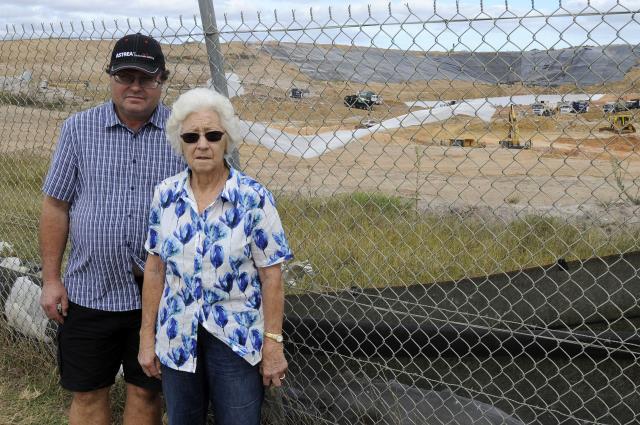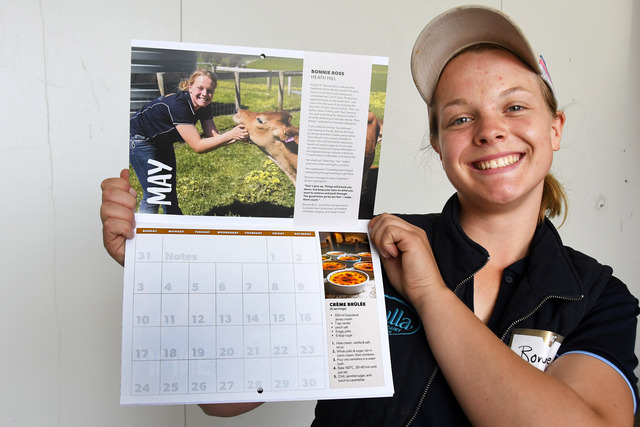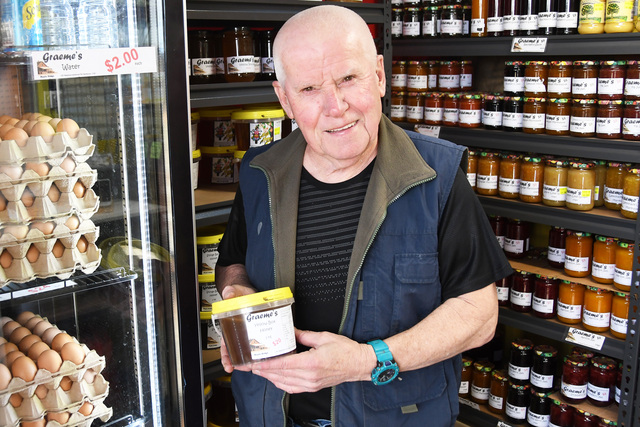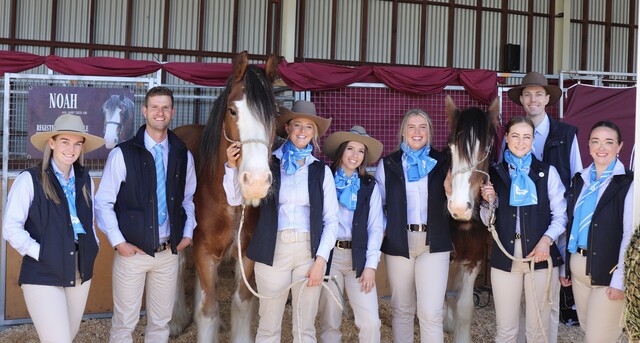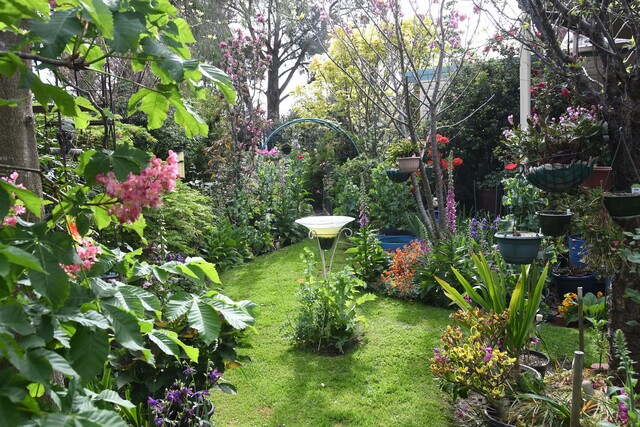The controversial Hallam Road landfill in Hampton Park has been accused by a neighbour of polluting the air and interfering with the use of their land, a court has heard.
Winsome Anderson, the owner of a 38-hectare property east of the landfill, has launched a Victorian Supreme Court action seeking the landfill operator Veolia and landowner PWM Lyndhurst to install a $14 million vapour barrier system to mitigate the landfill’s migrating gases.
The trial, set down for 15 days, began on Wednesday 15 November.
In her lawyer’s written opening submissions in September, it was claimed the tip had been emitting landfill gas (LFG) at levels that significantly exceeded safety benchmarks set by the Environment Protection Authority Victoria at the boundary.
The major components of LFG are methane and carbon dioxide.
Ms Anderson submitted monitors at the boundary showed methane above the benchmark by almost 15 per cent, and that the exceedance on the landfill’s land was over 70 per cent. Her expert witnesses rated the health risk as moderately high.
When the landfill was established in 1997, the buffer distance to nearby properties was 100 metres and it was later increased to 500 metres.
There is less than 500 metres between the Anderson land and the landfill.
Ms Anderson has alleged the landfill breached its operating licence condition that requires the landfill to take all practicable measures to prevent emissions of LFG from exceeding the benchmark at the boundary.
She also submitted it was a breach of the general environmental duty which requires the landfill to take all reasonably practicable measures to minimise the risk of harm to human health or the environment from pollution.
Accordingly, she claimed the pollution from the landfill prevented the horticultural development of the land, which involves constructing greenhouses. This led Casey Council to refusing her planning application in September 2020, she argued.
“The proposed development and use would result in an unreasonably level of risk to human life and health due to the impacts associated with LFG migration, dust, noise, and odour given its proximity to the active putrescible landfill site at 274 Hallam Road, Hampton Park,” the council had stated as reasons for its refusal.
Ms Anderson’s family has owned the land for nearly 140 years.
She claimed she was deprived of fundamental rights to develop and use her private property, which is currently used for low-intensity agricultural use with low yield.
In 2017, she proposed to sell the site, which was opposed by the then-landfill operator SUEZ Group, she submitted to the court.
In a joint written submission, Veolia and PWM Lyndhurst rejected the breach claims on the grounds that they had taken all practicable measures to prevent the LFG migration and exceedance from happening.
It argued the risks raised by Ms Anderson were “hypothetical”.
They further claimed that Casey Council refused the development permits because the plaintiffs refused to meet the information requirement of an environmental audit, which had nothing to do with the landfill itself.
“In the absence of an Environmental Audit … council is unable to determine the suitability or otherwise of the proposed development and use on the subject land,” the council stated in its refusal.
According to Ms Anderson, the cost for satisfying the information requriement would be $200,000 for the risk assessment and $65,000 for an audit fee, which she did not consider a fair investment for no certain outcome.
She is also seeking this sum from Veolia and PWM Lyndhurst.
A mediation on 20 November failed to resolve the issue between the two parties.
The Supreme Court trial before Justice Michael McDonald is ongoing.

